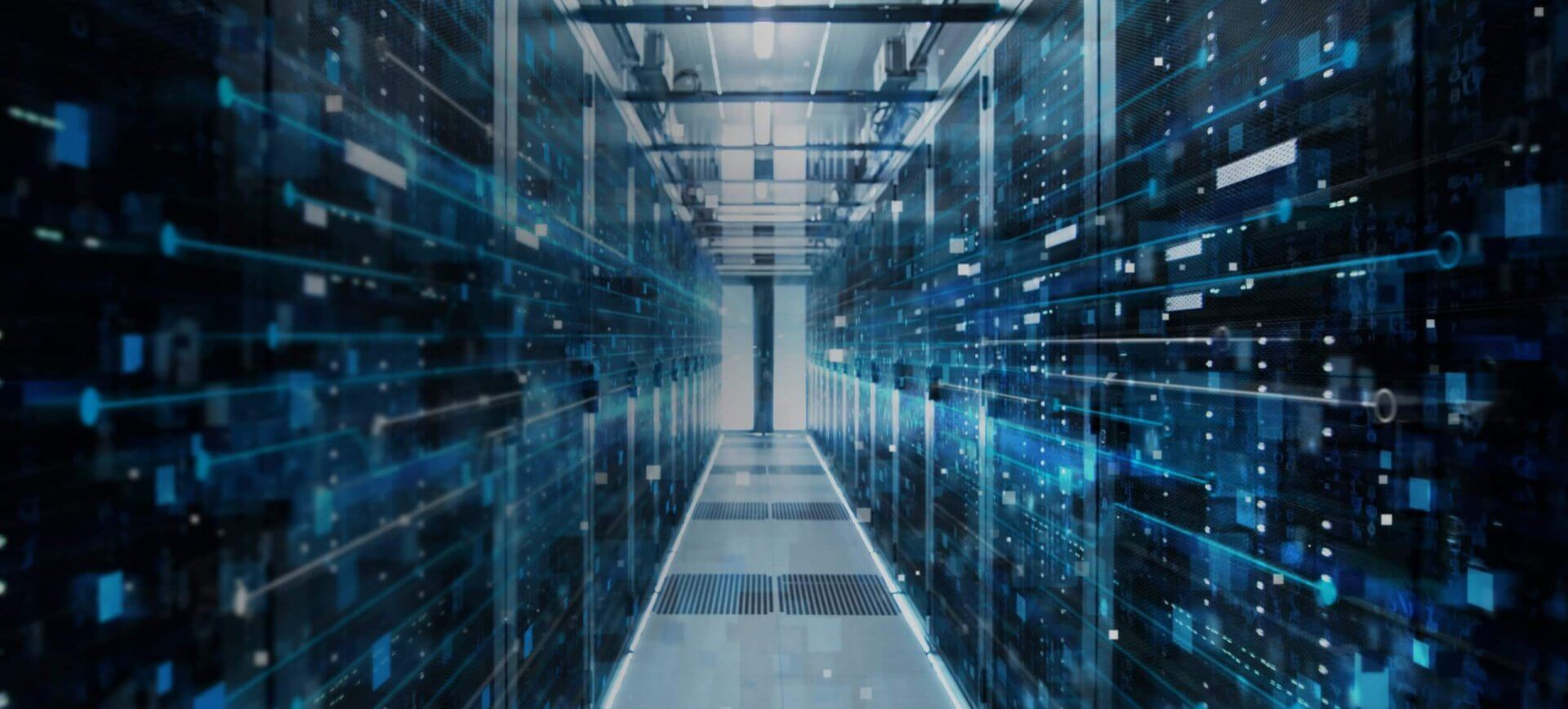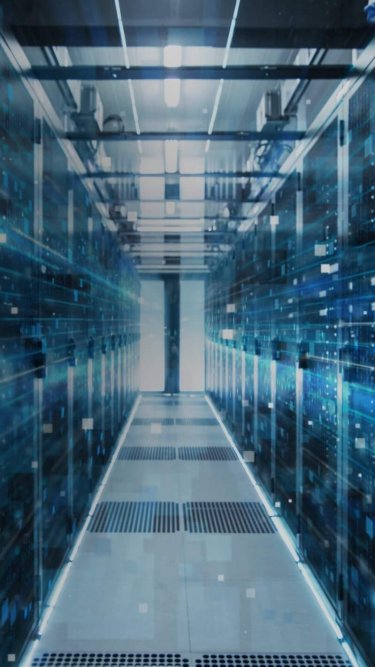What is SIEM?
SIEM (security information and event management) is a threat detection technology that enables organisations to discover targeted attacks and data breaches before they can cause disruption. It takes its name from the fact that it is a combination of security event management (SEM), which provides event monitoring, correlation and notification capabilities, and security information management (SIM), which provides analysis, retention and reporting functions.
Organisations use SIEM solutions to enhance their visibility of security threats inside their network. By bringing together events from a range of sources, it can recreate the timeline of an attack, enabling organisations to better understand the nature and impact of incidents. As well as improving cyber resilience, SIEM enables companies to more easily and effectively achieve the monitoring capabilities required to comply with key data regulations and standards.
How does SIEM work?
SIEM works by collecting, aggregating and analysing data from an organisation’s applications, devices, servers and users and generating alerts that enable security teams to detect and block attacks. SIEM tools leverage a set of rules to enable security teams to define threats and generate alerts. They ingest and interpret logs from as many sources as possible, including:
- Endpoint security
- Firewalls
- Intrusion detection systems
- Intrusion prevention systems
- Routers
- Servers
- Web filters
- Wireless access points
SIEM solutions usually include:
Log management
SIEM tools manage and consolidate log and event data from applications, networks and infrastructure. This provides visibility across an organisation’s environment. The tools work by parsing and enriching raw log entries with contextual information so that security teams can analyse them more easily. The log data is held in a central repository which is a key resource for forensic investigations and historical analysis, as well as for meeting compliance requirements.
Event correlation and security analytics
SIEMs analyse log data in real-time, applying rules to gain actionable insights for forensic investigations and using a range of analytics to complete their analysis. They then assign threat activity with a risk level so that security teams can quickly identify threat actors and prevent cyberattacks.
Threat detection
SIEM technology is critical to cyber defence because it streamlines the entire threat detection process. SIEM tools often integrate SOAR, which enables security operations centre (SOC) teams to respond automatically to threats and shut down attacks in real time, removing unnecessary tasks and improving mean time to respond (MTTR) to threats.
Dashboards and reporting
SIEMs utilise dashboards that show the real-time status of all threat activity. This helps security teams to interpret and understand security information and download reports more quickly and easily.
User and entity behaviour analytics (UEBA)
SIEM often includes or is used alongside UEBA, a way of detecting anomalies in user behaviour, routers, servers and endpoints through machine learning and advanced algorithms. UEBA advances the impact of SIEM by establishing a baseline behaviour for users and entities and defining profiles for how they would usually behave, then creating statistical models based on them. This means that if a user or entity behaves differently, the system will automatically identify the activity as suspicious.
The benefits of SIEM
SIEM solutions provide a wide range of benefits for organisations seeking to enhance their cyber resilience, with key advantages including:
- Advanced visibility: By aggregating logs across on-premises and cloud-based applications, servers and databases, SIEM allows organisations to gain more in-depth and higher quality insights into their users, endpoints and activity so that they can achieve greater visibility of their environment.
- Efficient log correlation: SIEMs can correlate data logs for analysis, enabling the creation of security alerts, trends and reports and providing critical security insights for organisations.
- Easier regulatory compliance: Many compliance regulations require organisations to maintain audit logs for a certain period of time, in order to demonstrate the ability to detect and respond to threats and provide regular security reports for auditors. SIEM solutions enable easier and more efficient compliance with key industry regulations.
- Improved threat detection and security alerting: SIEM systems can harness their extensive data sets to detect and identify threats more accurately than would be achieved through the use of individual security data streams. They also enrich security event data and provide valuable additional context to incident alerts. This provides valuable information to enable SOC teams to better monitor, manage and mitigate threats.
- High quality security data: SIEMs aggregate security data, making it easier to analyse and use in incident response workflows. They also optimise the quality of data by normalising it – reformatting the raw data for use in incident analysis and response processes.
- Better network visibility: SIEM log management and aggregation mitigate the risks created by hidden areas on networks and allow SOC analysts to understand an organisation’s security status more easily.
LEARN MORE ABOUT MANAGED SIEM >
SIEM features and capabilities
SIEM includes a wide range of features and capabilities, including:
Data monitoring and analysis
SIEM tools collect, analyse and monitor data from any source through a range of tools and teams, providing a unified view across the security stack in real time.
Real-time security monitoring and analysis
SIEM locates and identifies malicious or anomalous behaviour by retrieving and maintaining contextual data around users, devices and applications from on-premises, cloud, multi-cloud and hybrid environments.
Incident investigation and forensics
SIEM tools visualise and correlate data and also map categorised events against a kill chain, providing vital insight into the tactics used by adversaries.
Threat intelligence
A good SIEM solution can integrate threat intelligence into every stage of the incident response process. The intelligence provided usually includes information that can be leveraged for faster detection and response to attacks.
SOC automation
SIEM can integrate with other security solutions through the use of APIs, enabling SOC teams to develop automated playbooks and workflows that can be applied in response to specific incidents.
Data retention
A good SIEM will retain and store long-term historical data to enable analysis, tracking, and reporting.
How to implement a SIEM solution
Successful SIEM implementation demands careful planning and management as well as regular reviews to ensure that it fulfils your organisation’s requirements as it scales. The process should begin with carefully defining your particular security and compliance requirements. This stage should also involve identifying all the data sources that need to be monitored, such as firewalls, intrusion detection systems, endpoint security tools and application logs. This should then be followed by prioritising the different data sources and defining your end goals. The next stage is to define a detailed plan which should include choosing your SIEM solution, establishing your project timeline and engaging key stakeholders. It should also include developing a training program for your employees to ensure that they use the SIEM solution effectively.
Deploying SIEM is a complex process which involves installing, configuring and integrating the SIEM solution with your organisation’s IT infrastructure. SIEM installation and configuration may require the development of custom rules, alerts, and dashboards. This phase should also involve developing and implementing security policies for using the SIEM solution. You will need to establish response workflows for tackling alerts and incidents, test the SIEM system to validate its functionality and then ensure that you regularly review and refine the system. The SIEM system then needs to be continuously monitored and optimised with rule updates, threat intelligence, training and support, and reviews and audits.
If not deployed and maintained properly, SIEM solutions can generate a large volume of alerts that are very challenging for security teams to keep up with in order to distinguish genuine security incidents from false positives. Even when authentic threats are identified, understanding how best to respond to them is yet another challenge. These issues mean organisations investing in SIEM often find that they are unable manage it without a large team of security experts to deploy their chosen solution and analyse and respond to the high volume of alerts it is likely to generate. Alert fatigue is a common problem for security teams, often leading to important alerts being missed or overlooked.
LEARN MORE ABOUT MANAGED SIEM >
What the future holds for SIEM
SIEM has come a long way since it was first developed and it’s likely that it will keep on evolving to meet changing security requirements and priorities. However, it is also very likely that SIEM will continue to present key challenges to organisations. The logistical and budgetary challenges of attempting to implement a SIEM in-house will most probably remain an enduring problem all but the largest enterprises. If companies fail to ensure that the SIEM tool they choose has the capabilities they need, they may undermine their own cyber resilience, and false confidence can do more harm than good. Ensuring a better future means looking at SIEM as part of a wider picture. This is why it’s likely that the future for SIEM is likely to be associated with managed SIEM services. A managed SIEM service helps organisations to bridge the resource gap by providing the latest SIEM technology, as well as the security professionals needed to manage and monitor it, 24/7.
How Kroll can help
Having difficulty managing your SIEM? Kroll’s managed SIEM service enhances threat visibility across on-premises, cloud and hybrid environments. It achieves this by bringing together industry-leading technology, elite security experts and up-to-the minute threat intelligence to enhance threat visibility across on-premises, cloud and hybrid environments. At Kroll, industry experts are involved with the deployment, configuration and ongoing monitoring of your SIEM solution. We provide the people, technology and intelligence your organisation needs to get the most out of SIEM. Our global SOC teams are made up of analysts, engineers, threat hunters and incident responders with a wealth of experience in supporting organisations with SIEM services.
Kroll Responder, our managed detection and response (MDR) solution, utilises SIEM alongside telemetry from other endpoint and cloud sources. Combined with frontline threat intelligence, proprietary forensics tools and unrivalled incident response experience, this rich telemetry delivers enhanced visibility, rapid detection and elite response capabilities.











